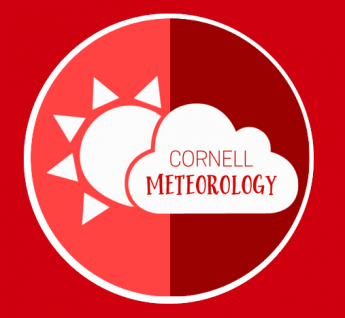Samantha Frucht
Throughout the year, dust from the Sahara Desert blows across the Atlantic Ocean to the Caribbean, reaching maximum concentrations during the summer. This project is focused on a single dust storm, nicknamed “Godzilla”, that occurred in June 2020. The dust cloud reduced air quality to unhealthy levels for several days in the Caribbean and in the Southeastern United States while attracting widespread popular attention for its unusually high concentration. We use newly available measurements of dust surface concentration from the Interagency Monitoring of Protected Visual Environments (IMPROVE) network to determine the extent to which the June 2020 dust storm was anomalous compared to prior summer events. For each IMPROVE station, the average soil dust concentration and standard deviation were calculated over the full length of the record and compared to values in June 2020. Along with the observations, the NASA Goddard Institute for Space Studies Earth System ModelE2.1 (ModelE) nudged toward winds from the MERRA2 reanalysis was used to analyze dust transport over the Atlantic Ocean. Seven years of daily model output were used to calculate climatological 5-day averages within each June. During the Godzilla event, IMPROVE data showed an uptick in soil dust concentration over most of the Southeastern U.S. that was several standard deviations above the June average. Oddly, the Virgin Islands station in the Caribbean and the Everglades station in Florida did not show that the Godzilla event was exceptional. For comparison to the Virgin Islands record, AERONET Aerosol Optical Depth (AOD) was analyzed just downwind at three stations in Puerto Rico. Maximum AOD during June 2020 exceeded the mean by over eight standard deviations suggesting that there was a similar anomaly over the Virgin Islands. IMPROVE stations only take measurements once every three days and the Virgin Islands failed to report concentration around the time of peak AOD at nearby Puerto Rico, possibly missing the event. Over the Everglades, the model suggests that the absence of a significant anomaly was due to the trajectory of the dust cloud. Model transport showed dust channeling into the Gulf of Mexico and circulating into the Southeastern U.S. from the west, missing southern Florida. ModelE data illustrated that dust over the Atlantic Ocean during the event was over six standard deviations above the mean, indicating that dust transport was strong. These results show that ModelE driven by the observed transport simulated unusually high dust concentration downwind of the Sahara as observed during the June 2020 dust event.
